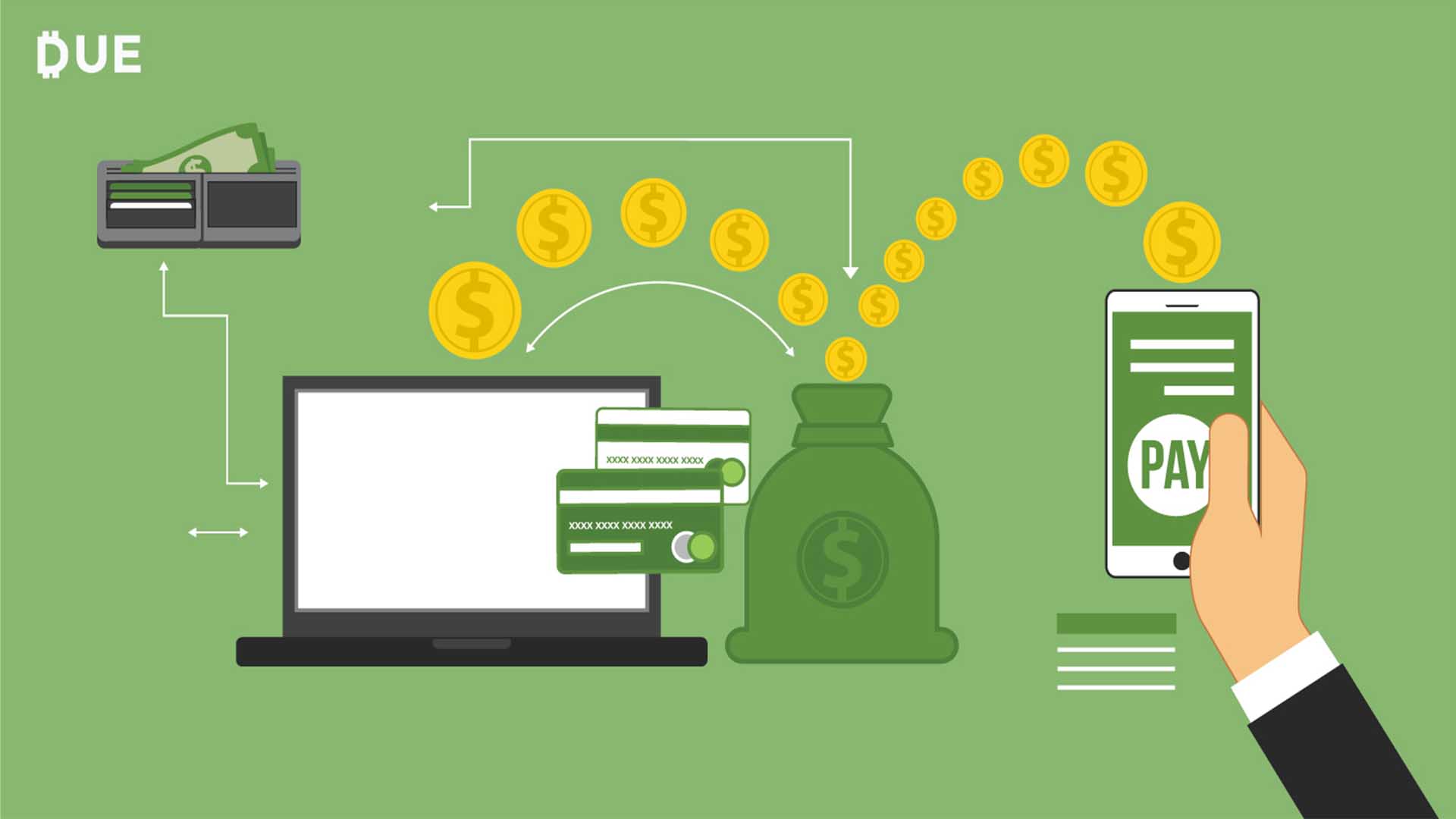The property rights are defined as the financial data added to the list of public budgets, which is the difference between the total of all assets and the liabilities registered in the list, and they can also be defined as the rights of the owner of the company’s assets and the remaining money that is excluded from commercial business in addition to any detained profits.
Therefore, it is usually referred to as the remainder of the remaining assets after paying the debts or the remaining royal rights, and the concept of property rights also refers to the various types of available financial papers that can provide a royal share in the company to shareholders, such as ordinary shares and preferred or excellent shares, and therefore what remains for the shareholders of funds after liquidating all the assets of the company and all debts are called royal rights, and therefore it is the rights of the royal that determine the net value of the company in the end, and it appears on the credit balance side.
If we assume that a person owns a house for $ 500,000 and it was a debtor of the bank for $ 100,000, then its assets in this case will be $ 500,000 and its obligations will reach $ 100,000, and since the rights of the owner are the difference between the assets and the liabilities of the owner in this case will be $ 400,000, then the credit balance side, if we assume that a house for $ 500,000 and it was a debtor of the bank for $ 100,000, then Its assets in this case will be $ 500,000 and its obligations will reach $ 100,000, and since the rights of the owner of the owner are the difference between the assets and the liabilities of the owner, so The ownership rights of the owner in this case will be $ 400,000.
What are the sections of the royal rights accounts?
Before explaining the reason for the fact that property rights accounts are creditors, these sections and their types must be explained. The account of the property rights is divided into three sections: the owner’s equity account, the capital stock account, and the retained earnings account, and each of these accounts is part of the net value or wealth of the company. A credit, in other words, appears on the creditor’s side of the balance of the scale, and in the following statement:
Owner’s Equity
It represents the investments of the owners in the company, which expresses the amount of their ownership in it, and at the end of each accounting period, the account of each owner in the company is transferred to the account of the royalties.
Capital Stock
It represents the investments that shareholders make and the value of what they own in the company and consists of regular shares or excellent shares, and this account is registered when new shares are sold to the company and appear on the creditor side.
Retained earns
It represents all the profits achieved by the company every year and which it keeps to benefit from its future business and activities. At the end of each accounting period, net income is transferred and the profit distributions that must be paid to shareholders are announced.
Why is the property rights account a creditor?
All of these previous accounts appear on the creditor side of the budget and achieve an increase if they appear there, and vice versa for all of these accounts; they achieve a decrease if they appear on the debtor side. The reason that property rights accounts appear on the creditor side is because they achieve an increase in the company, whether it is a critical or in-kind increase that leads to the formation of the company’s rights.

Examples of examination at the expense of property rights
If a company issued 10,000 ordinary shares at $ 50 per share, the shareholder will be $ 500,000, so the accounting registration of this equation will look like this:
From h/ fund $ 500,000
To h/ regular stocks $ 500,000
Read also: What are the different types of bank credit?



